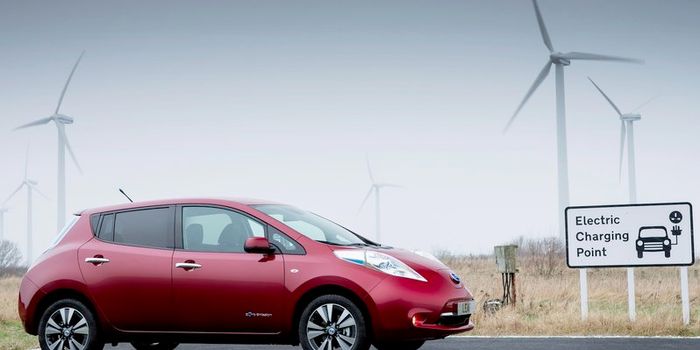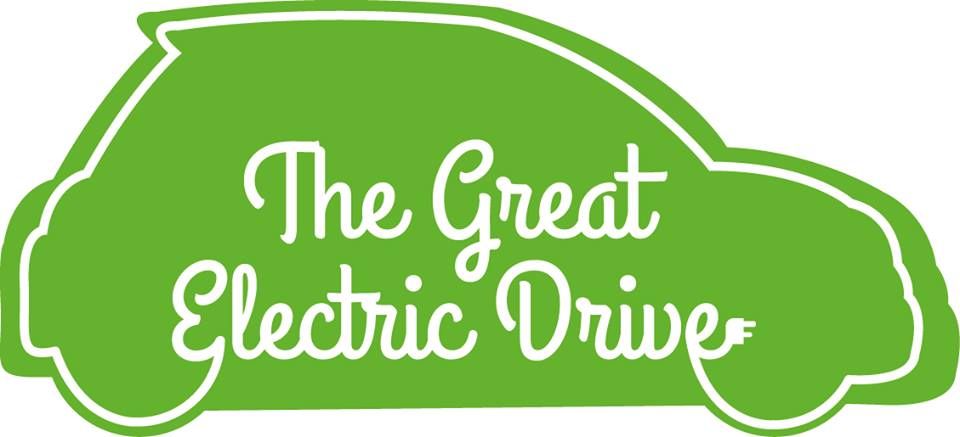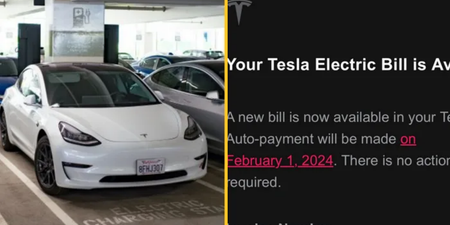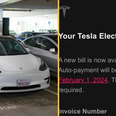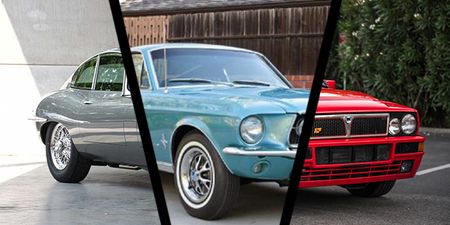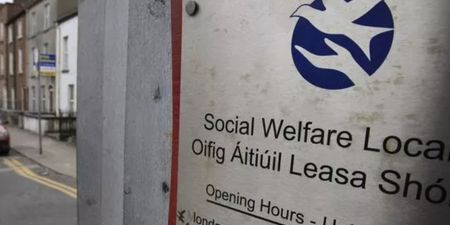Recently, JOE’s Oisin Collins took part in the ESB’s Great Electric Drive by testing out the all-electric Nissan Leaf for a week. Here’s a look at how he got on commuting without fossil fuels…
The ESB recently launched The Great Electric Drive for the second year running, and they invited members of the general public and business organisations to join their new team of e-car ambassadors who will be driving an electric car for a couple of months to see if the vehicles suit their lifestyles.
Twenty-four members of the public will be picked in April and they’ll be given an electric car from one of the following car manufacturers: BMW, Nissan, Renault, Citroen and Mitsubishi.
Recently, JOE’s Oisin Collins tested out the 100 per cent electric Nissan Leaf (LEAF being a ‘backronym’ for: Leading, Environmentally friendly, Affordable, Family car) for a week and the experience left him, well… shocked (sorry).
Not just a gimmick
The electric Nissan Leaf really, really surprised me. No, really, it did. In terms of performance it was brilliant. The Leaf was surprisingly quick off the line and acceleration between 0km/h and roughly 100km/m was as good as, if not better than, a petrol or diesel car of the same size. However, the acceleration was a tad sluggish between 100km/h and 120km/h, but unless you’re overtaking on a motorway then you wouldn’t notice.
The Leaf’s powertrain is comprised of 48 laminated compact lithium-ion batteries and a motor that can churn out 107hp and, seeing as it doesn’t produce any CO2, the Leaf sits in the lowest tax band available costing just €120 per year. Electric cars don’t have gears so it’s a fairly surreal experience hitting 120km/h without being jolted trough five or six shifts, but a very pleasant one at that.
The Leaf features some pretty cool tech and starting up the car requires just one push of a button. The centre console is extremely easy to navigate and the infotainment system features a handy display that tells you just how far you can go on the map with your current battery power. Overall, the interior is nice and refined, extremely comfortable and unbelievably quiet once the A/C is turned off.
The handling of the Leaf was fine, but you can tell that the car is a lot heavier than its fossil fuel counterparts. For example, the Nissan Note, a fossil fuel-burning car of similar size, is almost 400kg lighter than the all-electric Leaf. However, thanks to some decent power steering the car is easy to drive on both tight backroads and on open motorways, and the weight isn’t really that big of an issue to be honest.

Teething problems
There were only two problems I found with Nissan Leaf and with the idea of an electric car in general in this day and age, which were: 1) The styling of the car and 2) recharging the car.
Firstly, the styling of the Leaf, along with most other electric cars on the market right now, makes it fairly obvious that the car is, well… different; almost like the various car companies are trying to go for a ‘futuristic’ look. Unfortunately, the styling just didn’t grow on me.
It’s pretty clear that the Leaf isn’t your average motor, but the average car buyer doesn’t want something that stands out too far from the crowd. Personally I think that manufactures need to focus on bringing their current models into the electric market instead of making a range of cars that look too different from the rest. Take the VW e-Golf or Ford’s electric Focus for example, along with the extremely popular Tesla Model S over in the States. Those examples still look like normal petrol or diesel cars that we’re used to seeing on the roads, but with the added benefits of being 100 per cent electric.
Secondly, recharging the car was a little bit of a pain in the rear, to be utterly honest. It’s fine if you have a charge point installed at the house and/or in the office, but having to recharge on the street was annoying. A full charge at home takes roughly around 6-7 hours and gives you a range of about 140km (Nissan claims a full charge will give you 199km, but that’s only under certain circumstances). However, if you charge the Leaf at a public ‘Fast Charge’ point it takes roughly 30mins for 80 per cent battery.
Twice I pulled up to an on-street charge point only to find that someone in a non-electric car had parked in the spot. The charge points aren’t legally designated for electric cars only (not yet, anyway), so once a ‘normal’ driver pays for a parking ticket they can park in the green spots – even if it is a serious d*ck move. While that was a small annoyance, it was still very frustrating, especially when you’re running low on power and you’re too far from home to make a quick pit stop.
The Verdict
Having said all that, I really have been converted over to the idea of owning an electric car. I didn’t like the look of the Leaf, but that doesn’t mean I don’t like the look of every electric car (take the aforementioned Telsa Model S for example) and the small annoyances I found with recharging the car will surely sort themselves out once the technology improves.
Electric cars are getting a lot more popular, meaning more money will be put into research and development, which will only improve the technology and the electric car market even further.
The Leaf genuinely fit in well with my lifestyle and I’d certainly consider buying a 100 per cent vehicle in the future… but only if it doesn’t look overly ‘futuristic’.
You can find out more about the ESB’s Great Electric Drive over on the ESB E-Cars Blog, Facebook and YouTube or by clicking the image below. To find out more about the all-electric Nissan Leaf check out Nissan.ie.
LISTEN: You Must Be Jokin’ with Aideen McQueen – Faith healers, Coolock craic and Gigging as Gaeilge
